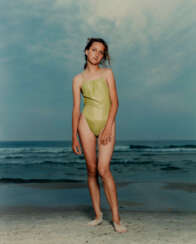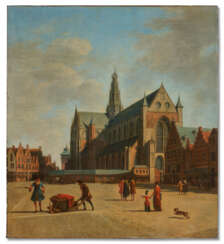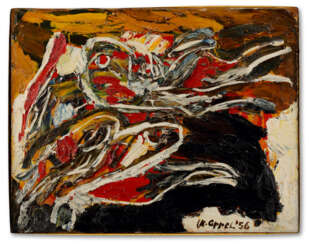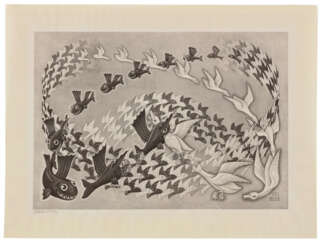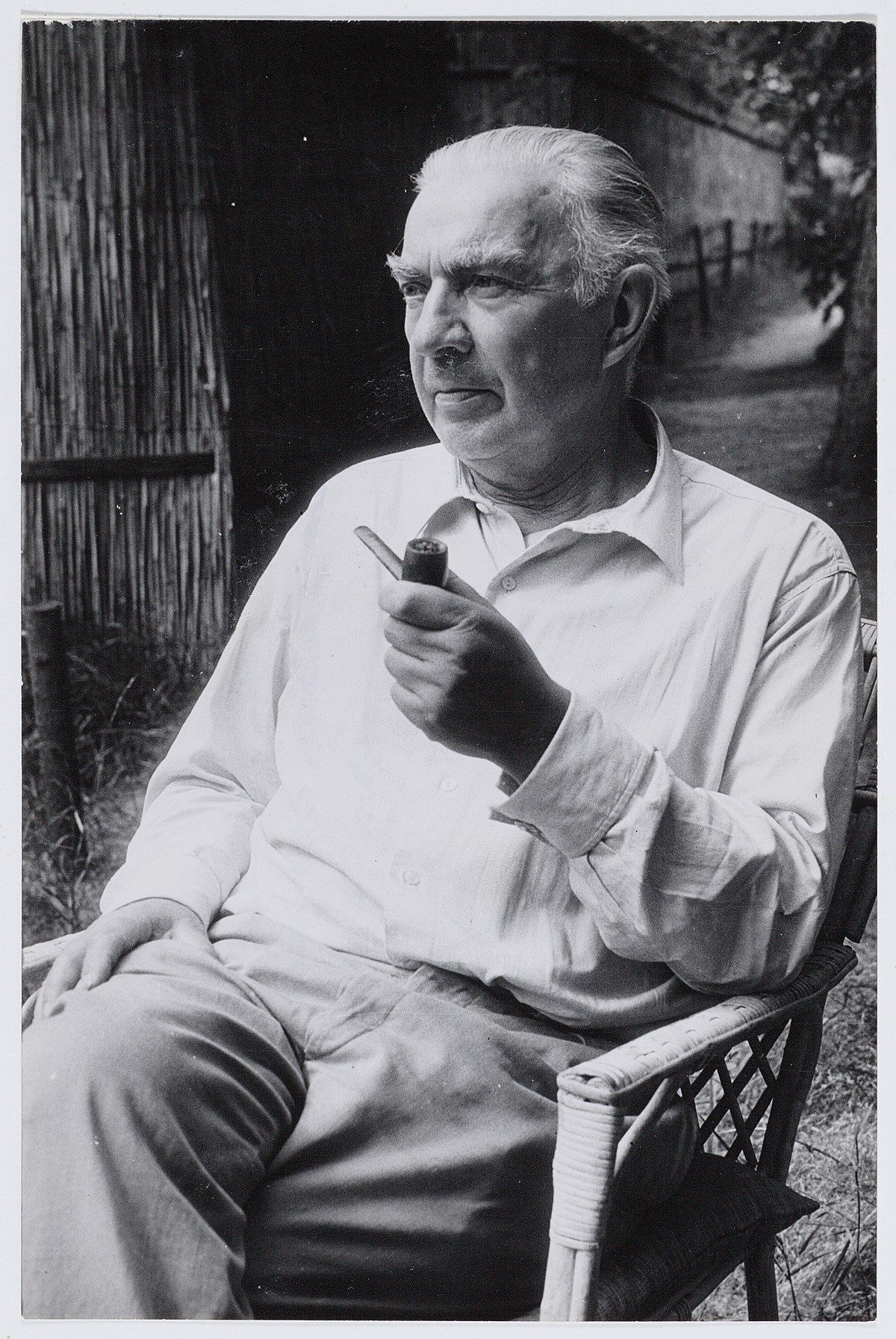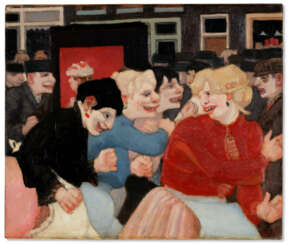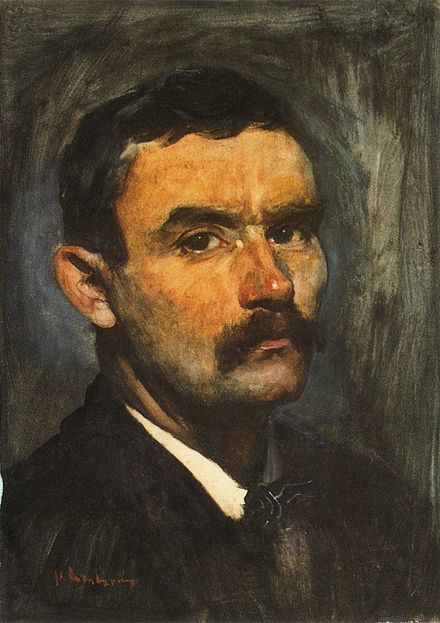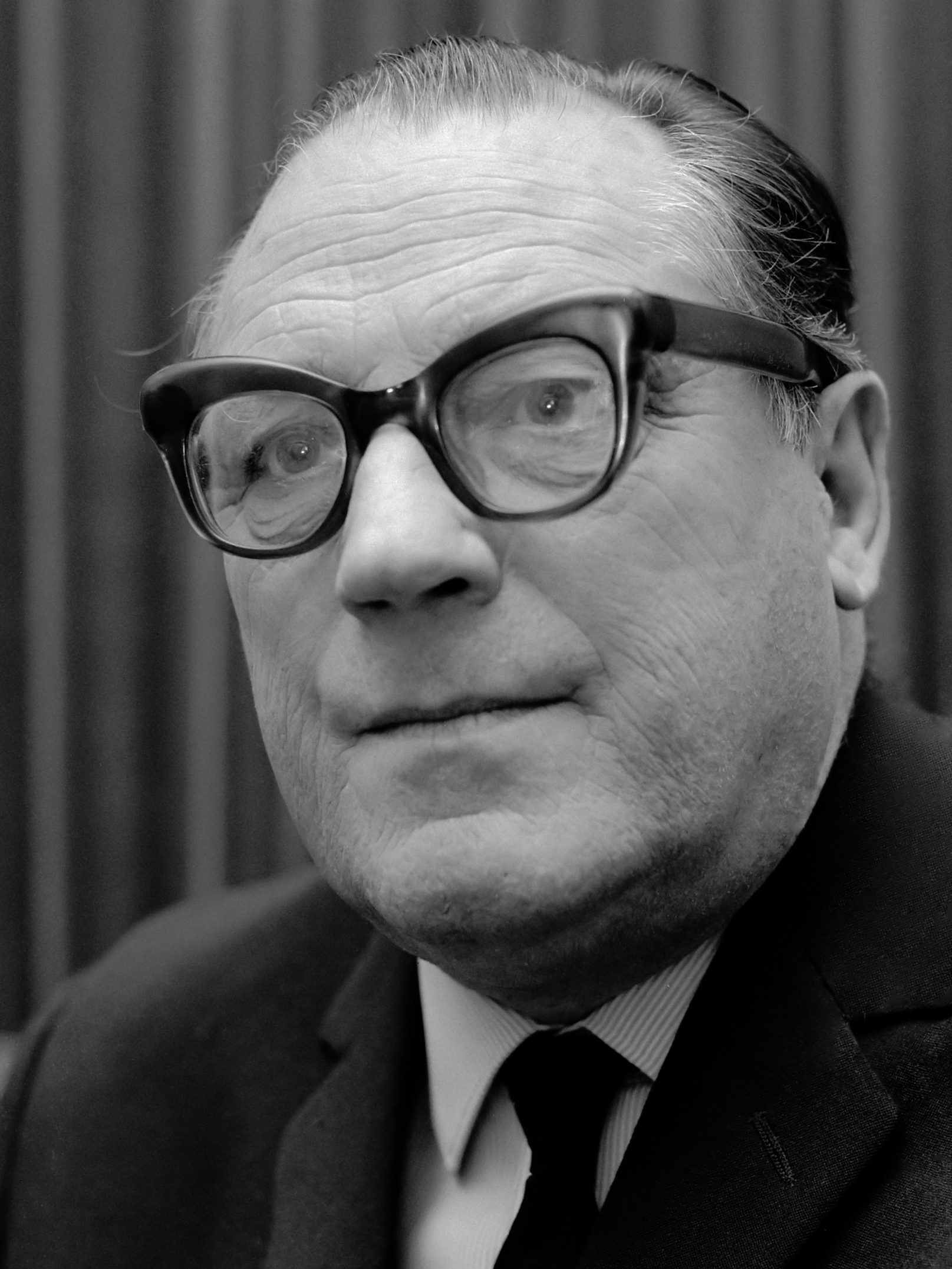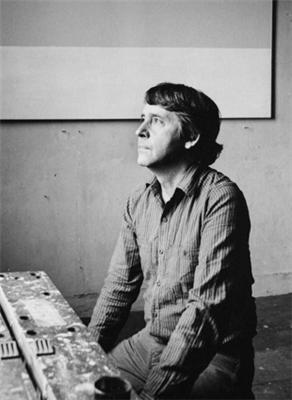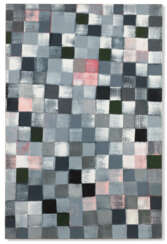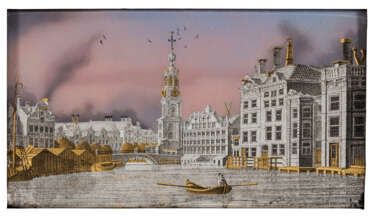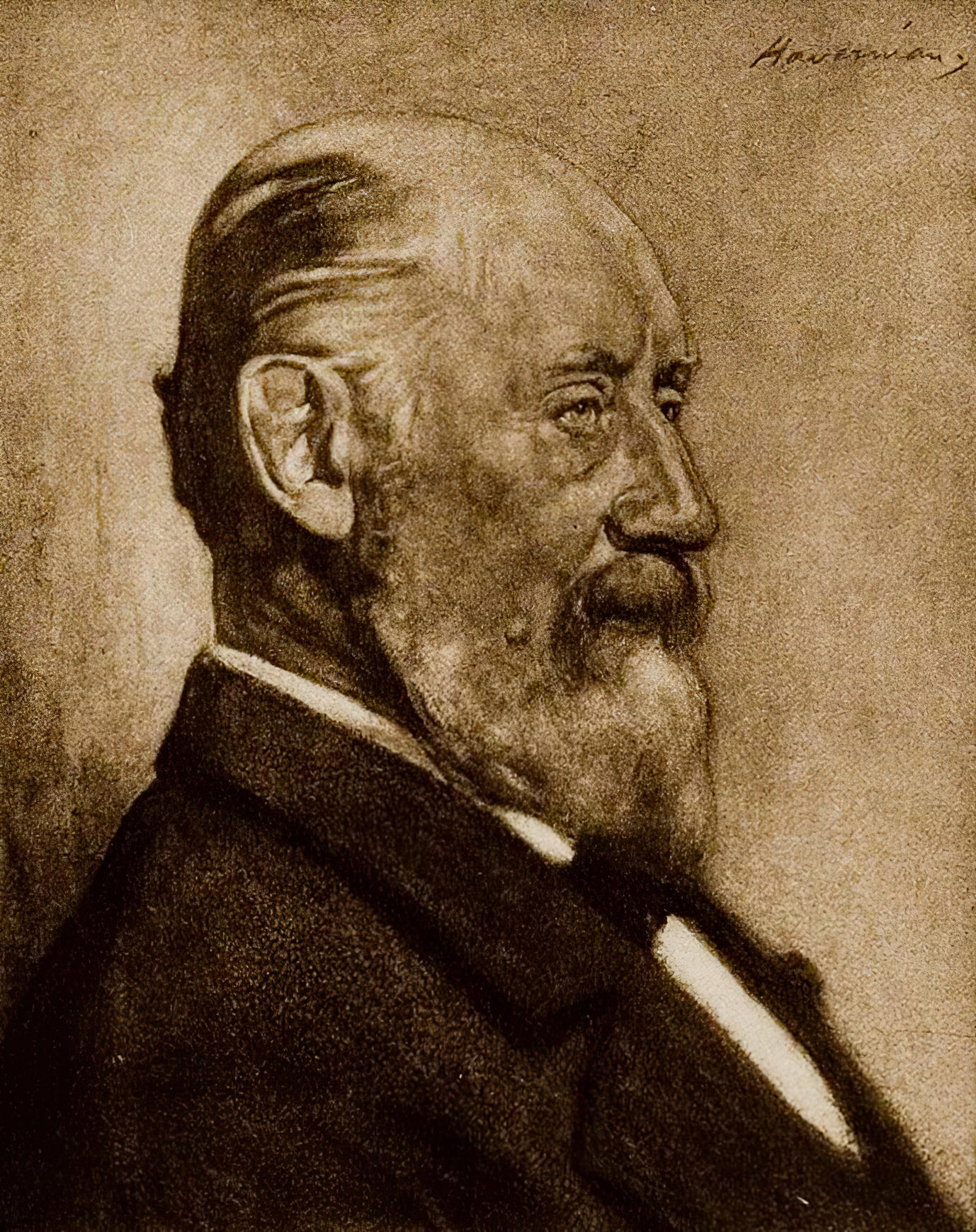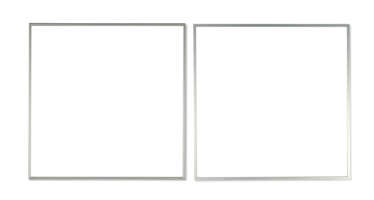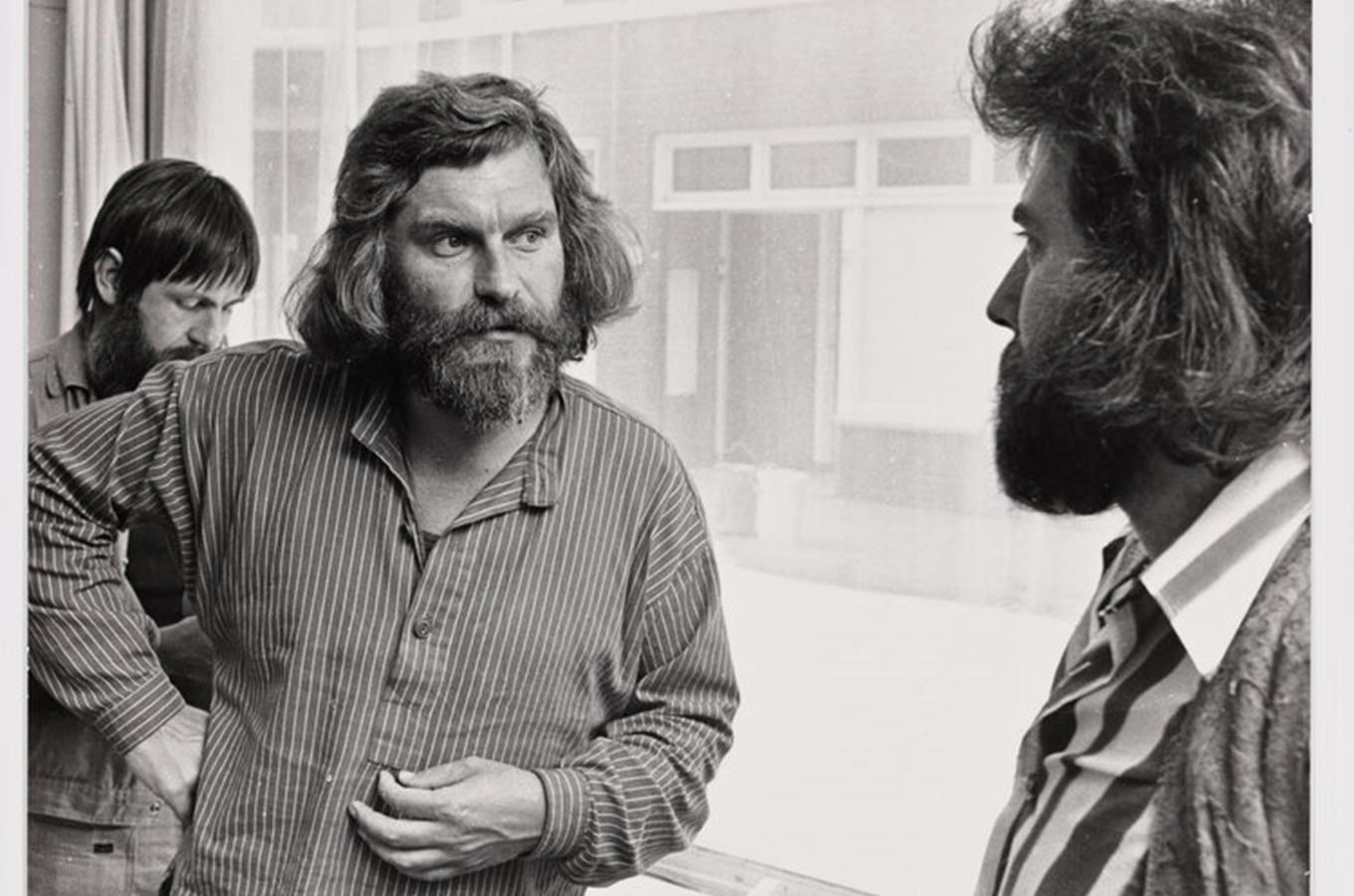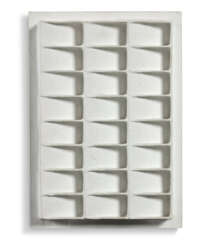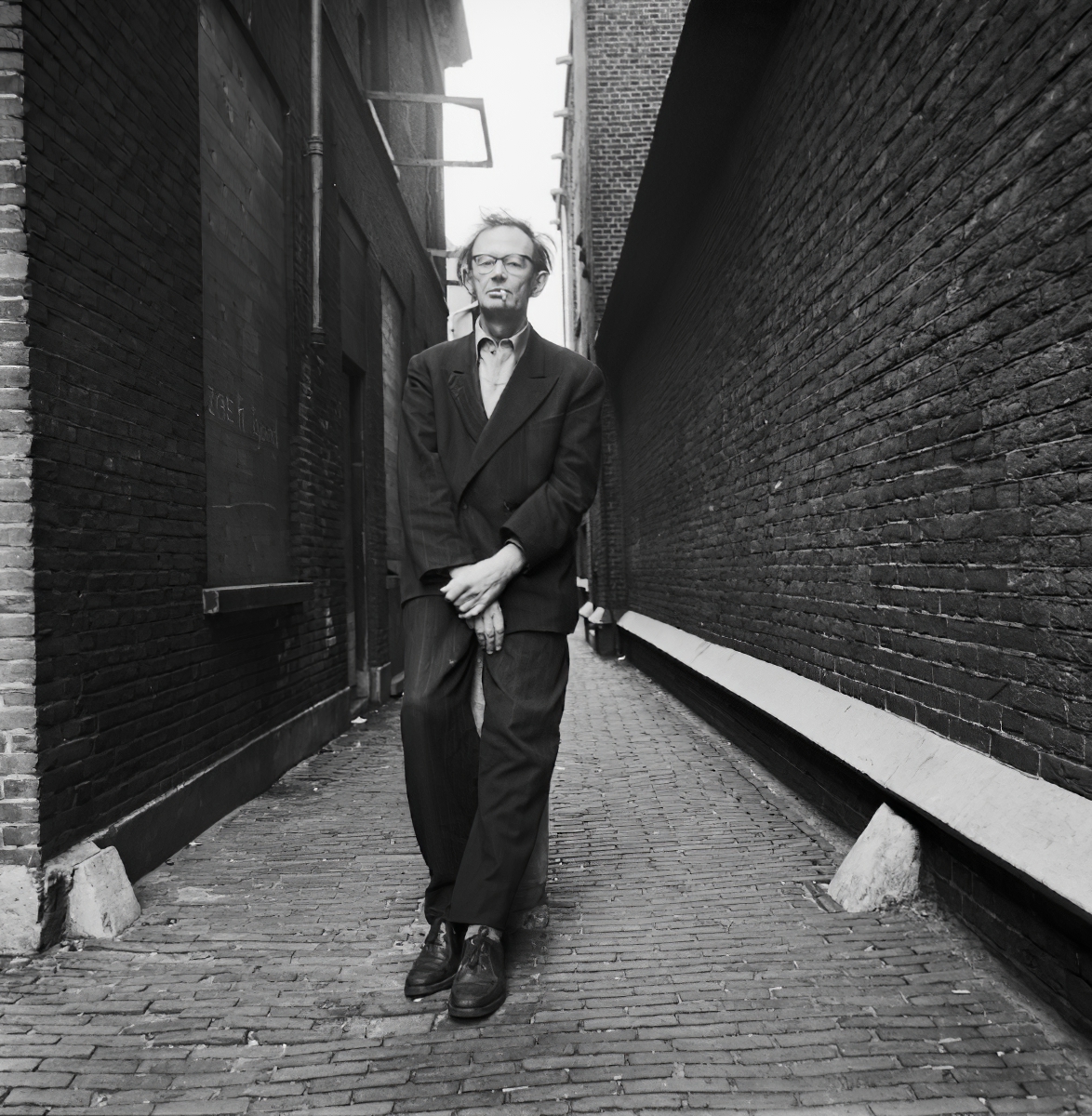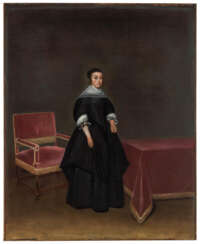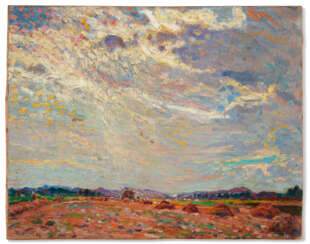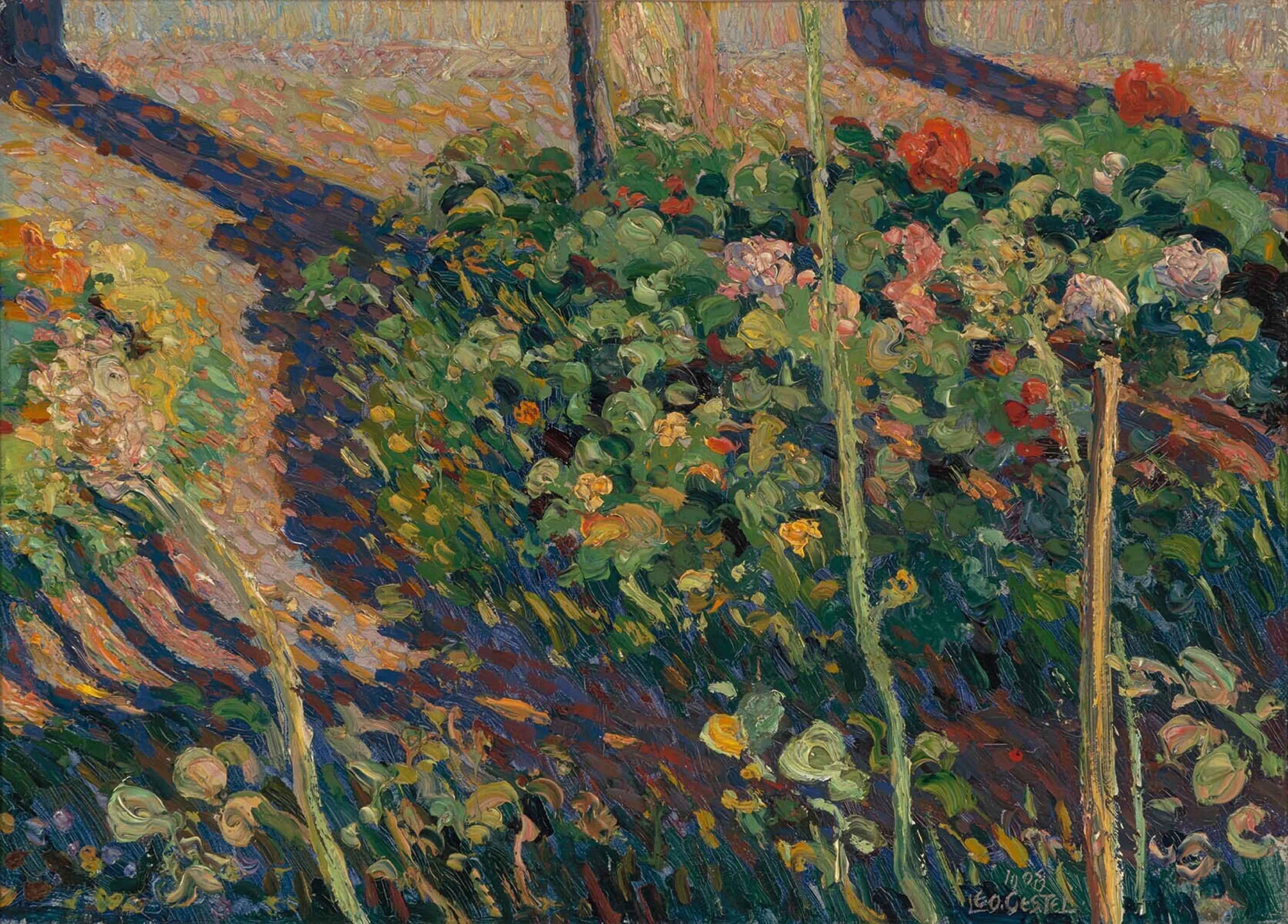
Made in Holland: Celebrating 50 Years of Christie's Amsterdam
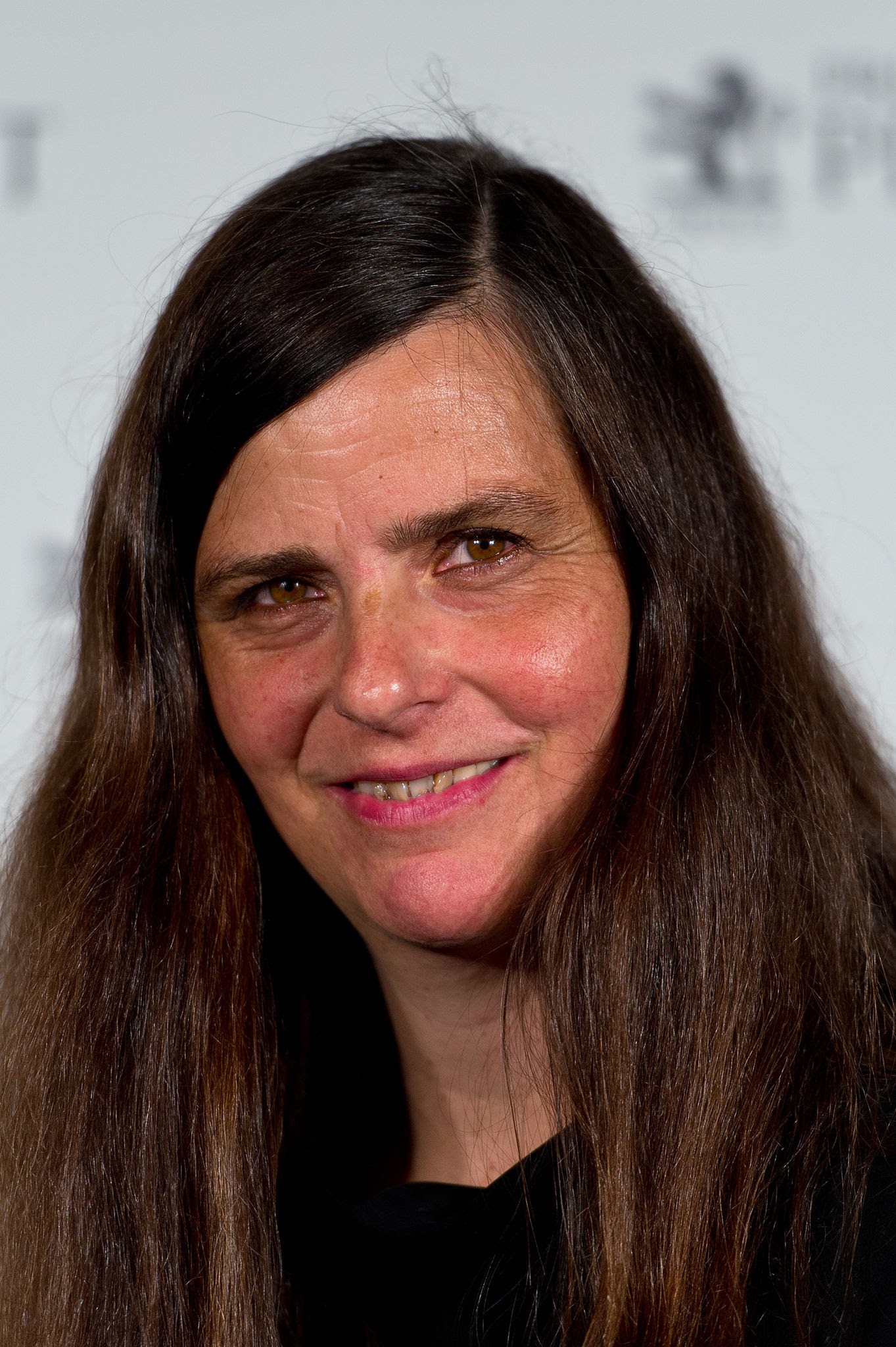
Rineke Dijkstra is a Dutch photographer. She lives and works in Amsterdam. Dijkstra has been awarded an Honorary Fellowship of the Royal Photographic Society, the 1999 Citibank Private Bank Photography Prize (now Deutsche Börse Photography Prize) and the 2017 Hasselblad Award.
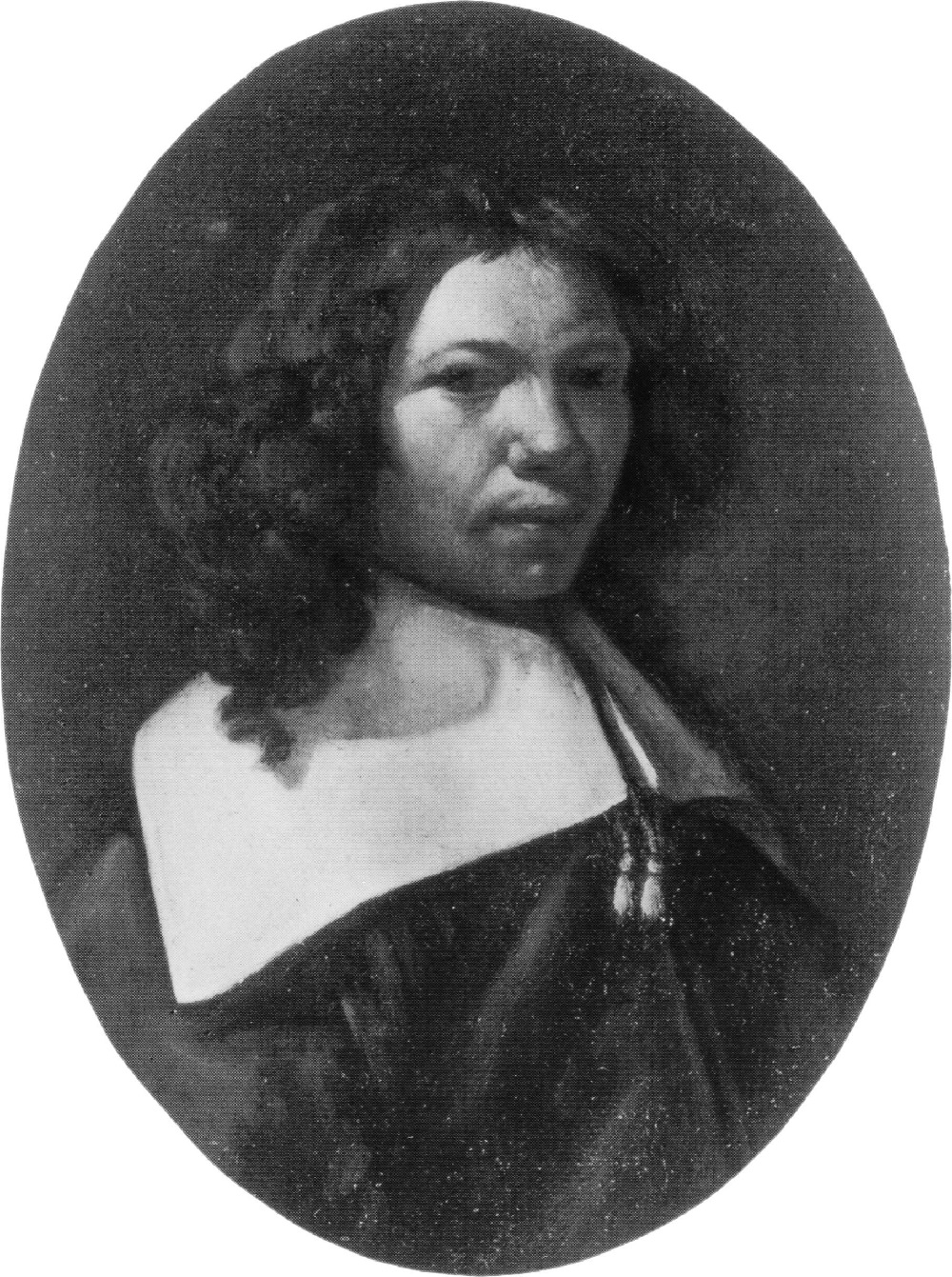
Gerrit Adriaenszoon Berckheyde was a Dutch Golden Age painter, active in Haarlem, Amsterdam, and The Hague, who is best known today for his cityscapes.
.jpg)
Christiaan Karel Appel was a Dutch painter, sculptor, and poet. He started painting at the age of fourteen and studied at the Rijksakademie in Amsterdam in the 1940s. He was one of the founders of the avant-garde movement CoBrA in 1948. He was also an avid sculptor and has had works featured in MoMA and other museums worldwide.
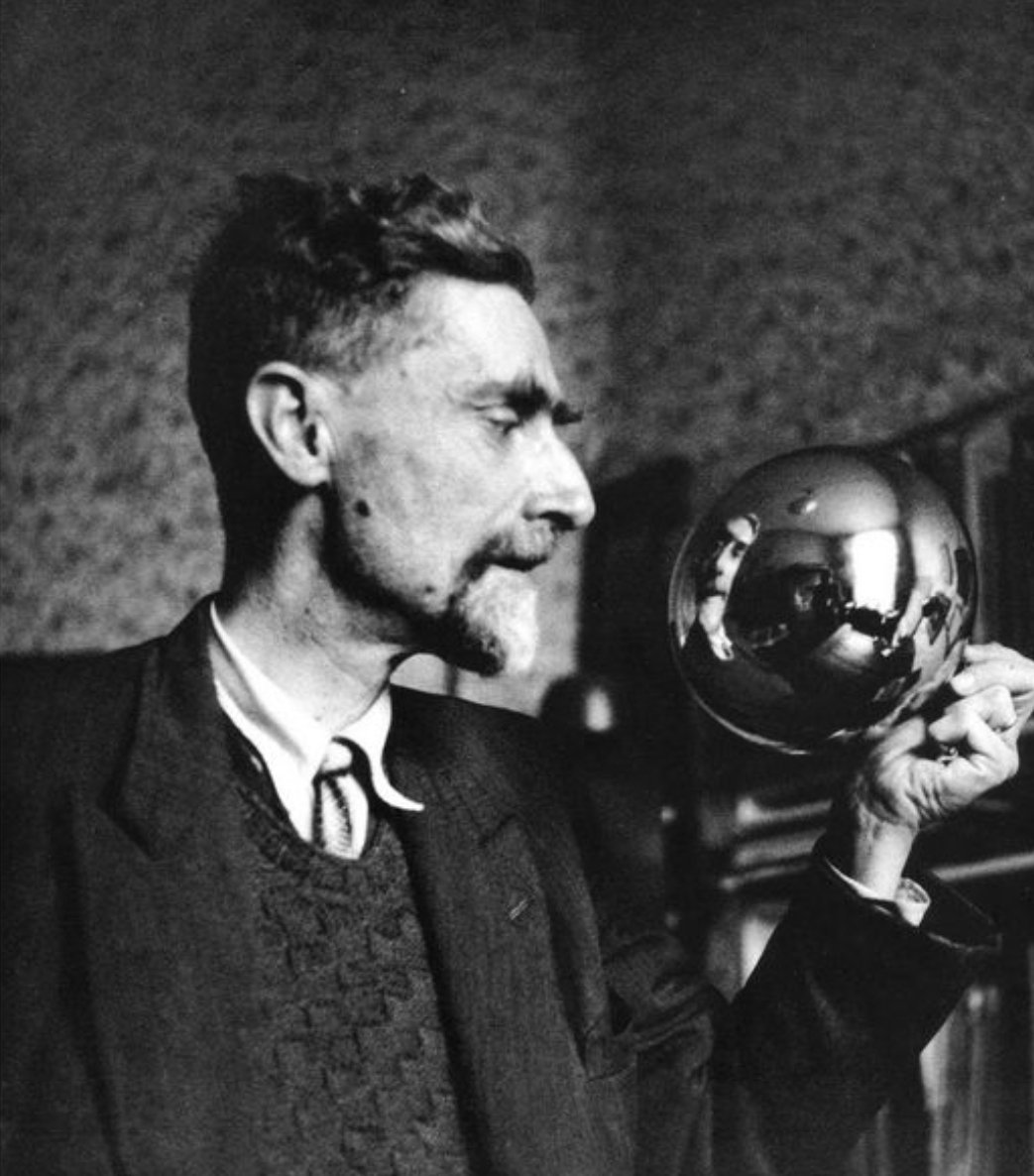
Maurits Cornelis Escher, a Dutch artist renowned for his mind-bending works that blend mathematics with visual art, has left an indelible mark on both culture and the art world. Born in 1898 in the Netherlands, Escher specialized in graphic arts, creating lithographs, woodcuts, and mezzotints that are celebrated for their inventive exploration of perspective, space, and the infinite. His ability to distort reality and challenge perceptual norms has made his works timeless, appealing to a broad audience beyond traditional art collectors and experts.
Escher's art is distinguished by its unique blend of mathematical precision and artistic imagination, making him a figure of fascination not only among artists and collectors but also mathematicians and scientists. His famous pieces, like "Relativity," "Waterfall," and "Drawing Hands," exemplify his skill in creating impossible constructions and exploring the concept of infinity through tessellation and symmetry. These works are housed in prestigious museums around the world, including the Escher Museum in The Hague, Netherlands, which is dedicated to his life and works.
For collectors and experts in art and antiques, Escher's creations offer a window into the seamless integration of science and art. His legacy continues to influence contemporary art, graphic design, and architecture, making his pieces highly sought after in the art market. The enduring appeal of Escher's work lies in its ability to engage the mind and challenge viewers' perceptions of reality, making him a pivotal figure in the world of art and culture.
To stay informed about new product sales and auction events related to Maurits Cornelis Escher, we invite you to sign up for updates. This subscription is designed specifically for enthusiasts and collectors eager to explore the fascinating intersections of art, mathematics, and perception that Escher's work represents.
.jpg)
Bart van der Leck was a Dutch painter and designer. He was a member of the De Stijl movement, a group of artists and designers who sought to create a new visual language that reflected the modern era.
Van der Leck began his career as a decorative painter, working on a variety of projects including murals and stained glass windows. He later turned to painting, creating abstract compositions characterized by bold, flat areas of color and simple geometric shapes. His work was influenced by his interest in the visual language of non-Western art, as well as by the work of Dutch painters such as Piet Mondrian and Theo van Doesburg.
In addition to his work as a painter, van der Leck was also a designer, creating textiles, furniture, and ceramics. He believed that art should be integrated into everyday life and worked to create designs that were both functional and aesthetically pleasing.
Van der Leck's work played an important role in the development of the De Stijl movement, and he worked closely with other members of the group, including Mondrian and van Doesburg. His paintings and designs continue to be celebrated for their bold simplicity and their contribution to the development of modern art and design.
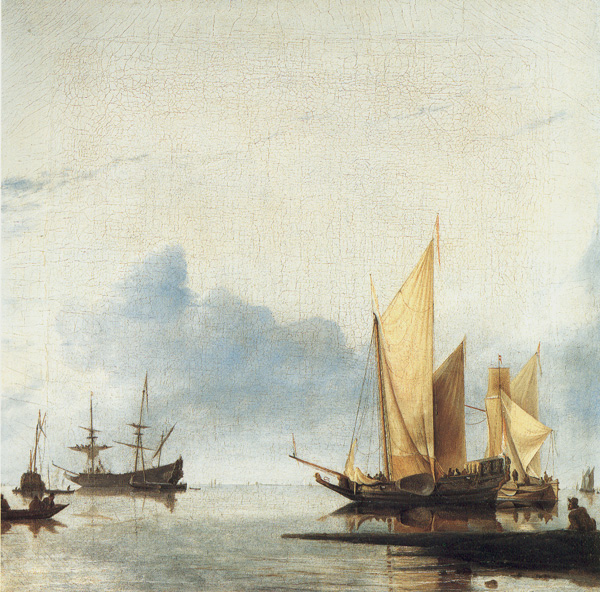
Hendrick Dubbels, a distinguished Dutch Golden Age painter, was renowned for his tranquil marine scenes and evocative winter landscapes. Born in 1621 in Amsterdam, Dubbels lived his entire life in this vibrant city, known for its rich artistic milieu.
His unique artistic journey began in the studios of other prominent marine artists, where he honed his skills in portraying the serene and the tumultuous aspects of the sea. Initially influenced by Jan Porcellis, Hendrick Dubbels' style evolved through his work with Simon de Vlieger and the Van de Veldes, leading to his signature tranquil seascapes. The 1650s marked his most productive period, during which he also mentored Ludolf Bakhuizen, another luminary in marine painting.
Hendrick Dubbels' works are distinguished by their calm, composed waters and skilfully rendered ships, reflecting a deep understanding of the sea's various moods. His winter landscapes also display a keen observation of light and shadow, capturing the quiet beauty of the colder months. Among his notable works is "Calm Sea," an oil on canvas showcasing his mastery in depicting peaceful maritime scenes.
Art collectors and experts will find Hendrick Dubbels' work a testament to the serene beauty and technical excellence of the Dutch Golden Age. His paintings are not just visual feasts but also historical narratives of the maritime culture of the era.
To explore more about Hendrick Dubbels and stay informed about sales and auction events related to his works, sign up for our updates. This subscription is your gateway to acquiring pieces from this master of marine and winter landscapes.
.jpg)
Christiaan Karel Appel was a Dutch painter, sculptor, and poet. He started painting at the age of fourteen and studied at the Rijksakademie in Amsterdam in the 1940s. He was one of the founders of the avant-garde movement CoBrA in 1948. He was also an avid sculptor and has had works featured in MoMA and other museums worldwide.
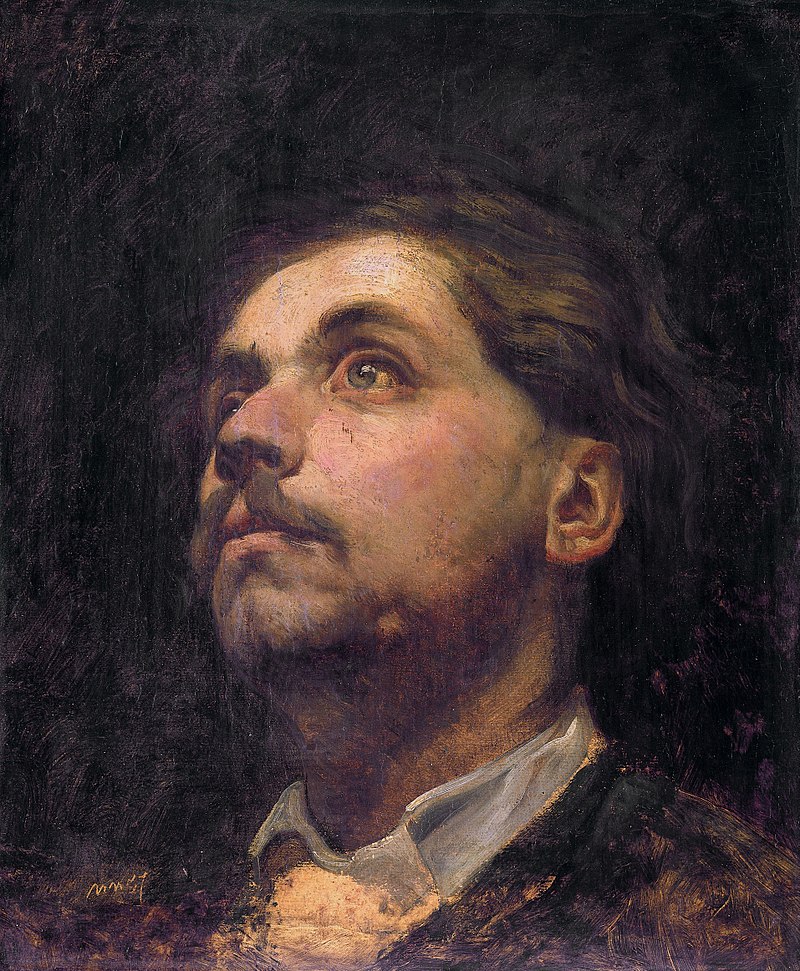
Jacob Hendricus Maris was a Dutch painter, who with his brothers Willem and Matthijs belonged to what has come to be known as the Hague School of painters. He was considered to be the most important and influential Dutch landscape painter of the last quarter of the nineteenth century. His first teacher was painter J.A.B. Stroebel who taught him the art of painting from 1849 to 1852. Jacob Maris's most known works are the series of portraits of the royal House of Orange, he worked on these with his brother Matthijs Maris. He is also known for landscapes such as Ship on the Scheveningen beach.
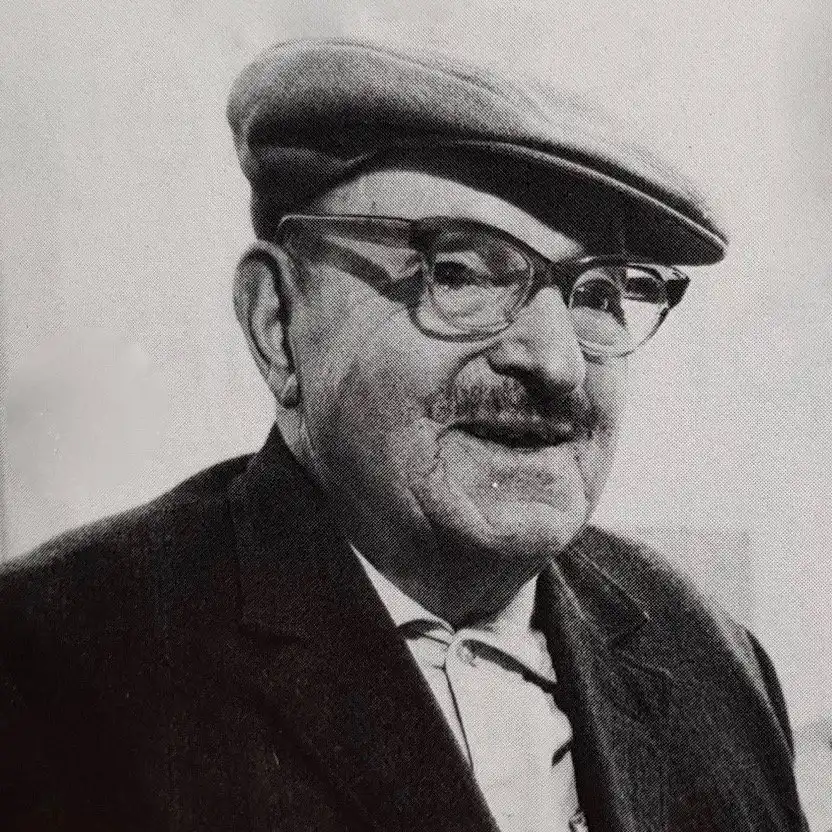
Salomon "Sal" Meijer was a Dutch painter, primarily known for his paintings of cats and Amsterdam city views. Works by Meijer are on view at the Jewish Historical Museum and the Kattenkabinet cat museum in Amsterdam, among others. In his youth, he worked in the diamond industry while studying art. He devoted himself full-time to painting in 1914. His first one-man exhibition was in 1926. Meijer's work was included in the 1939 exhibition and sale Onze Kunst van Heden (Our Art of Today) at the Rijksmuseum in Amsterdam. Due to the simplicity of Meijer's paintings and his modest attitude - he did not regard his paintings as works of art but as craftmanship - his work was often labeled as "naive" and "primitive". However, a re-evaluation of his work began in 1957 with the article by Kasper Niehuis.
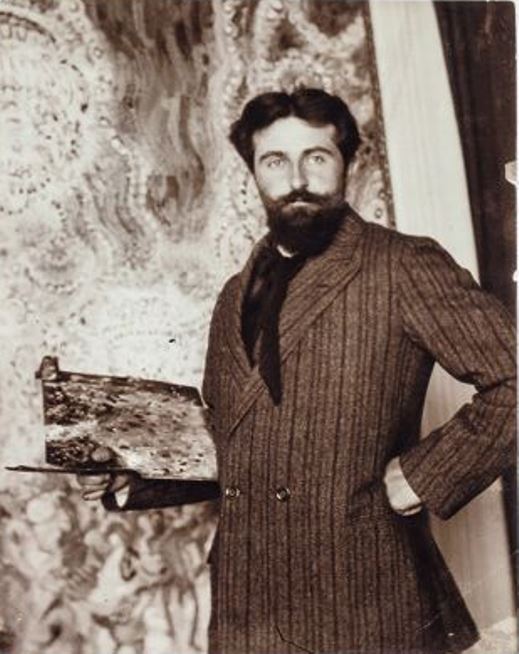
Jan Sluijters was a Dutch painter and co-founder of the Moderne Kunstkring.
Sluijters (in English often spelled "Sluyters") was a leading pioneer of various post-impressionist movements in the Netherlands. He experimented with several styles, including fauvism and cubism, finally settling on a colorful expressionism. His paintings feature nude studies, portraits, landscapes, and still lifes. His work was part of the painting event in the art competition at the 1928 Summer Olympics.
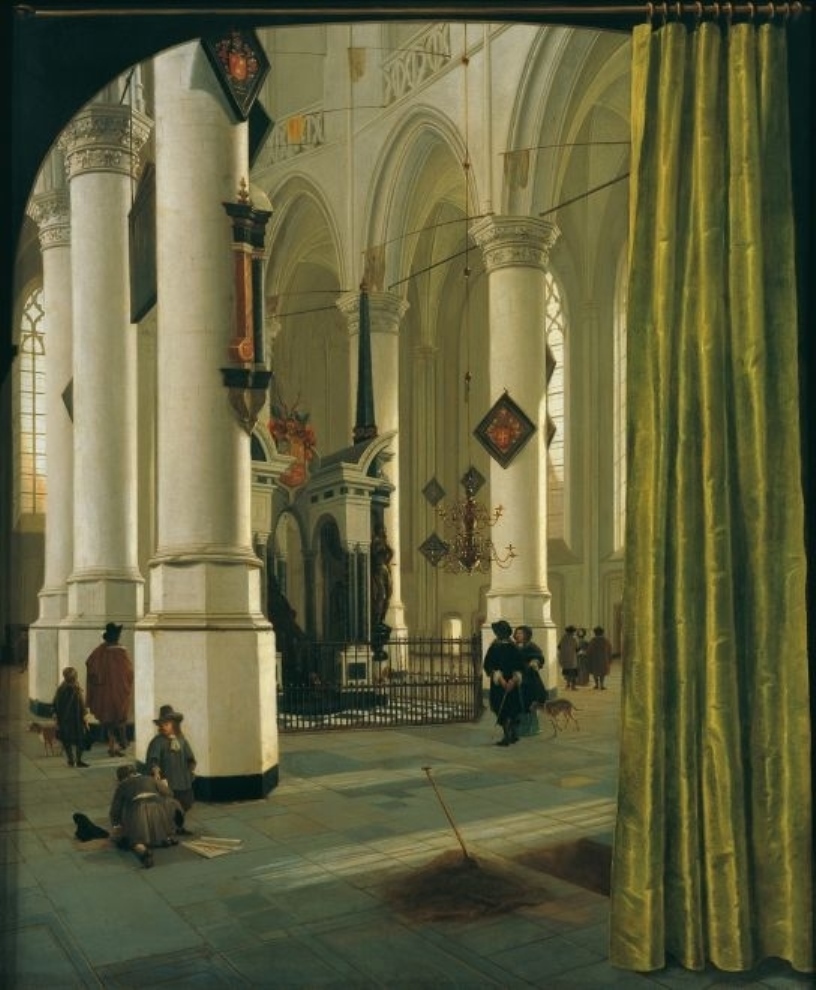
Hendrick Cornelisz. van Vliet was a Dutch painter of the Dutch Golden Age, a member of the Delft Guild of St. Luke, who studied under his uncle, the painter Willem van der Vliet. He painted religious buildings and churches. But van Vliet is best known for his numerous depictions of church interiors, and he was also popular as a portrait painter.

Abraham van Beyeren was a Dutch Baroque painter of still lifes. Little recognized in his day and initially active as a marine painter, he is now considered one of the most important painters of still lifes, and still lifes of fish and so-called 'pronkstillevens', i.e. sumptuous still lifes of luxurious objects.
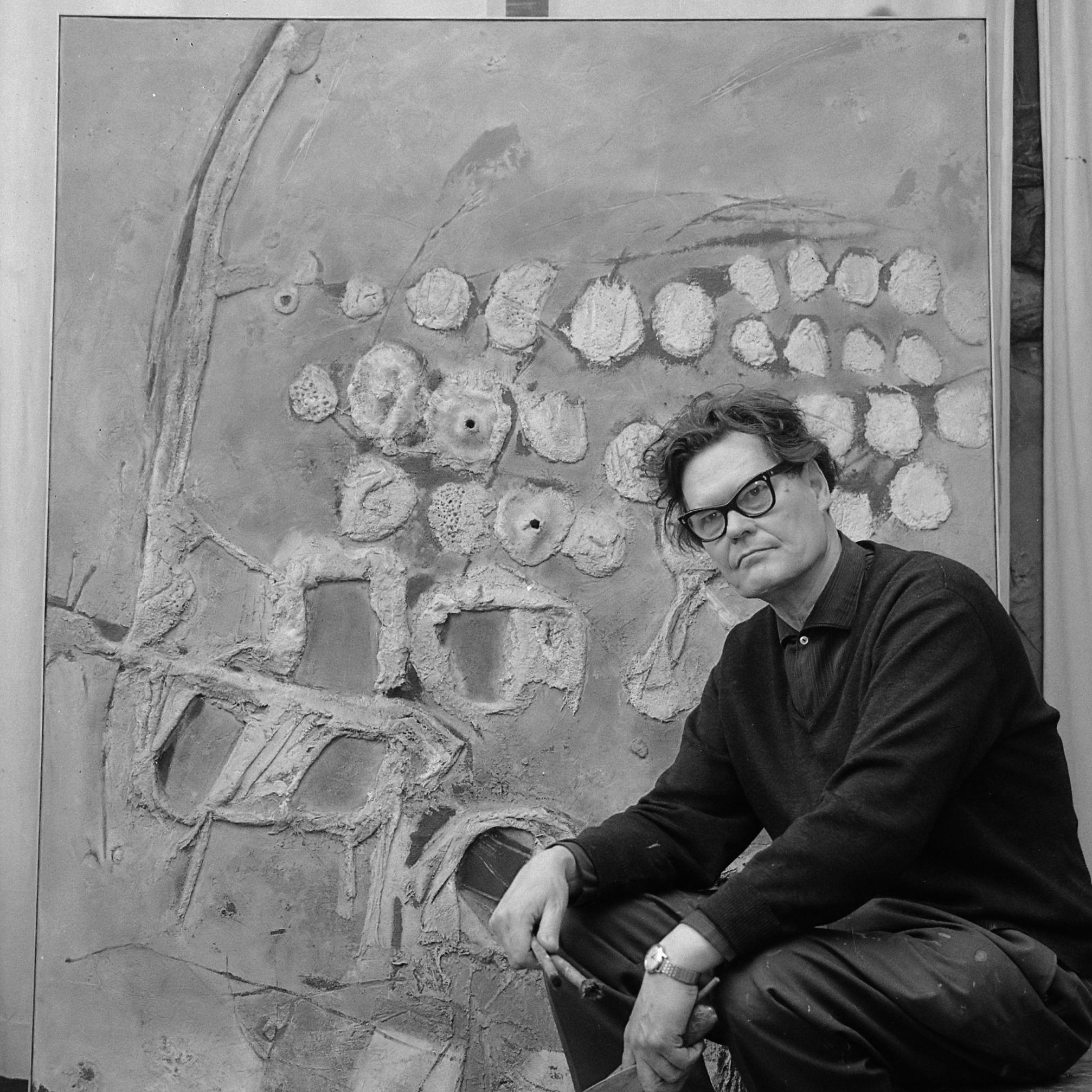
Jaap Wagemaker was one of the first Dutch artists to work in the style of materialism and established himself as a prominent representative of the international informal art movement of the 1950s and 60s. His technical categorisation of "painting of matter" has its origins in the artistic currents of Paris after 1945.
Born in Haarlem in 1906, Wagemaker showed artistic ability from a young age, studying architecture and decorative arts. He was a skilful draftsman, but his passion was painting, which led him to create more than 200 works. Wagemaker is known for his unique approach to using different materials, such as sand and wood, in his paintings.
Collectors, auctioneers and art experts appreciate Wagemaker's work for its innovative methods and contribution to the development of material painting. His work is represented in many galleries and auctions where it can be seen and purchased.
We invite all those interested in art and antiques to subscribe to our updates to learn about new products and events related exclusively to Jaap Wagemaker. Don't miss the opportunity to expand your knowledge and collections.
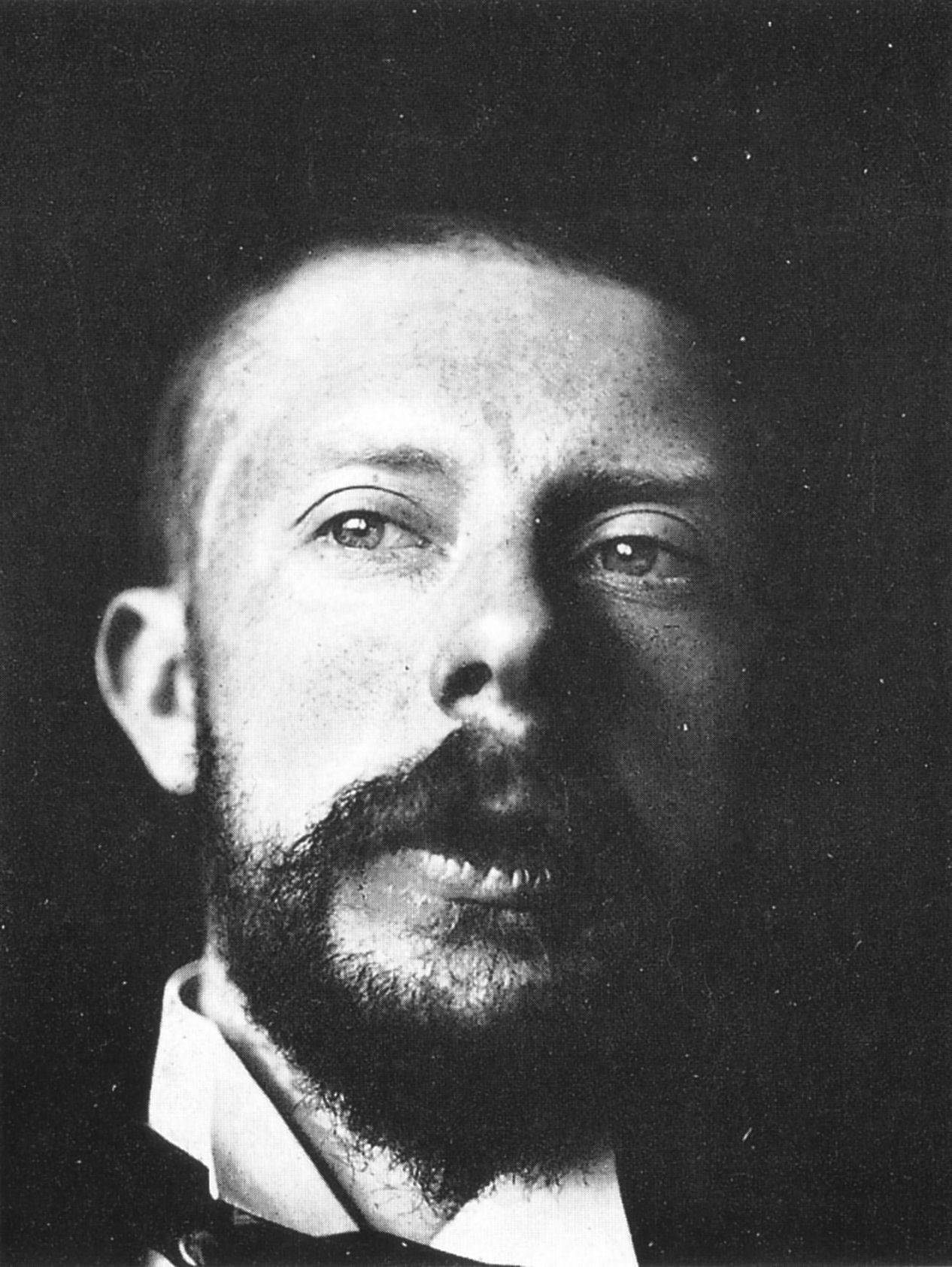
George Hendrik Breitner was a Dutch painter and photographer. An important figure in Amsterdam Impressionism, he is noted especially for his paintings of street scenes and harbours in a realistic style. He painted en plein air, and became interested in photography as a means of documenting street life and atmospheric effects — rainy weather in particular — as reference materials for his paintings.
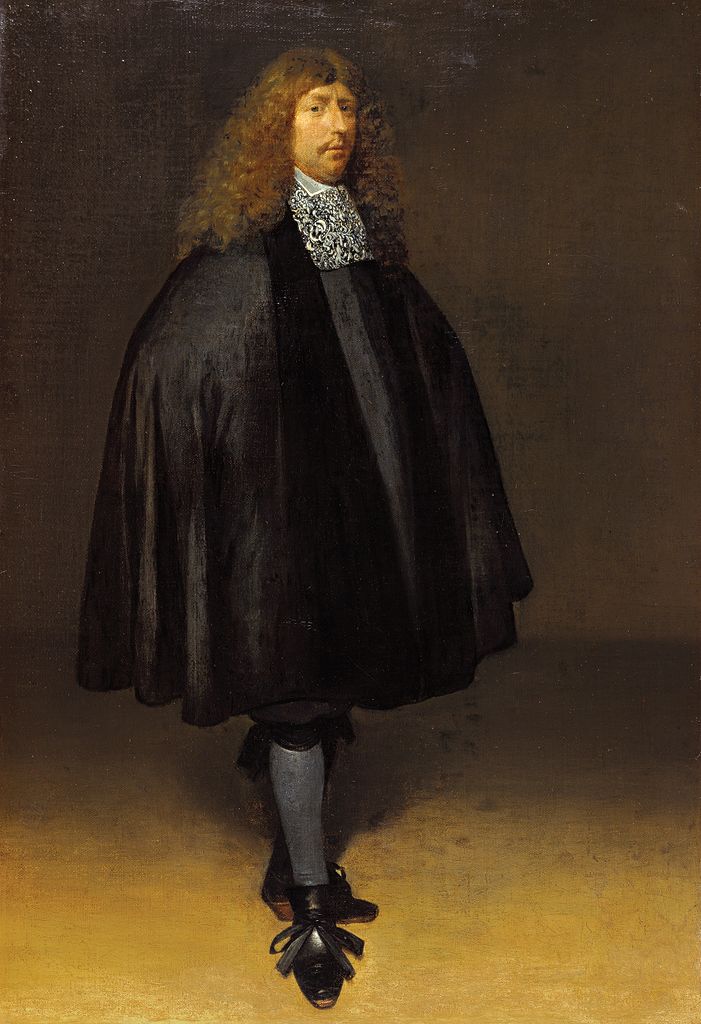
Gerard ter Borch was one of the leading masters of Dutch genre painting of the Golden Age. His realistic aesthetic was developed by the Delft masters Pieter de Hooch and Jan Vermeer.
